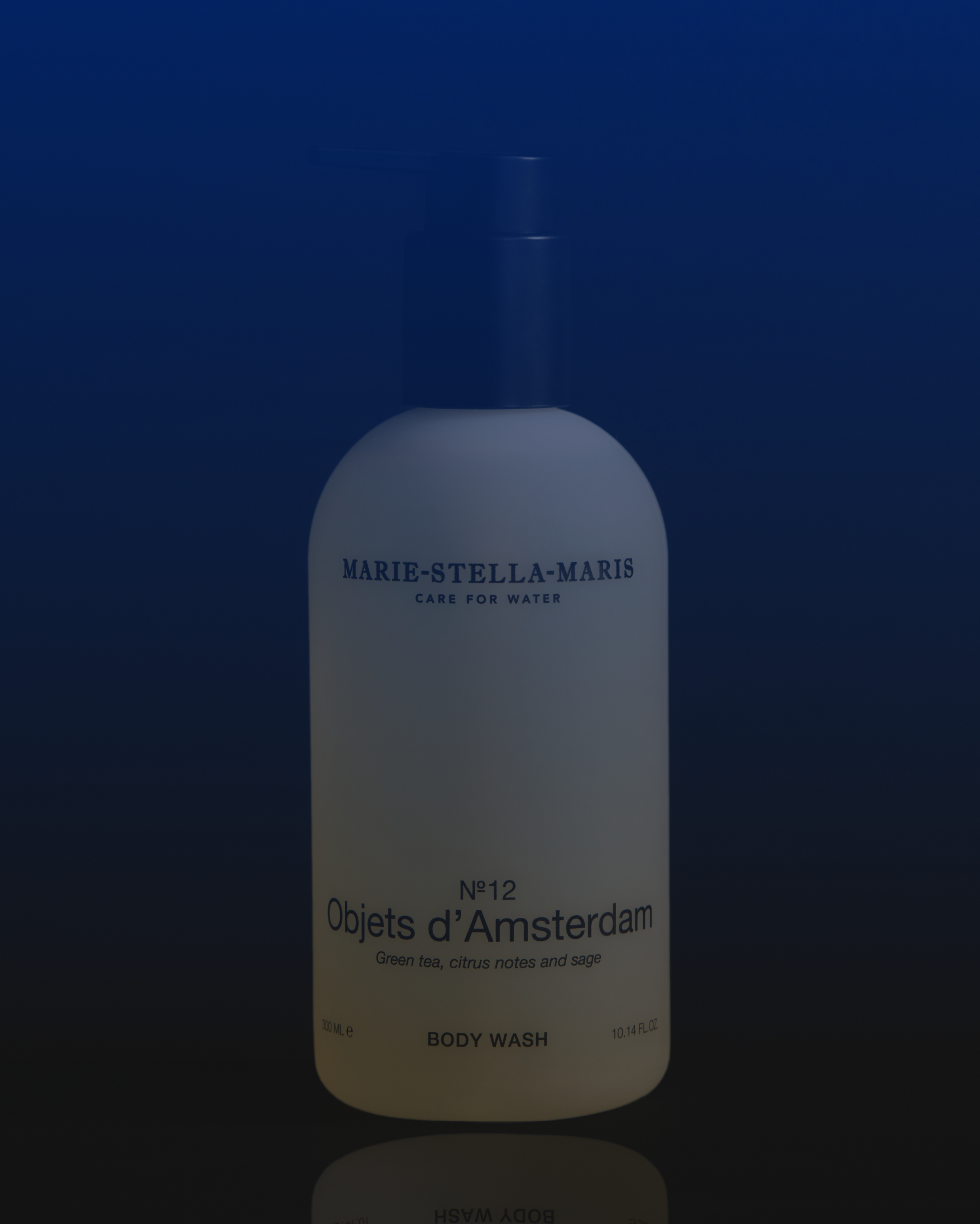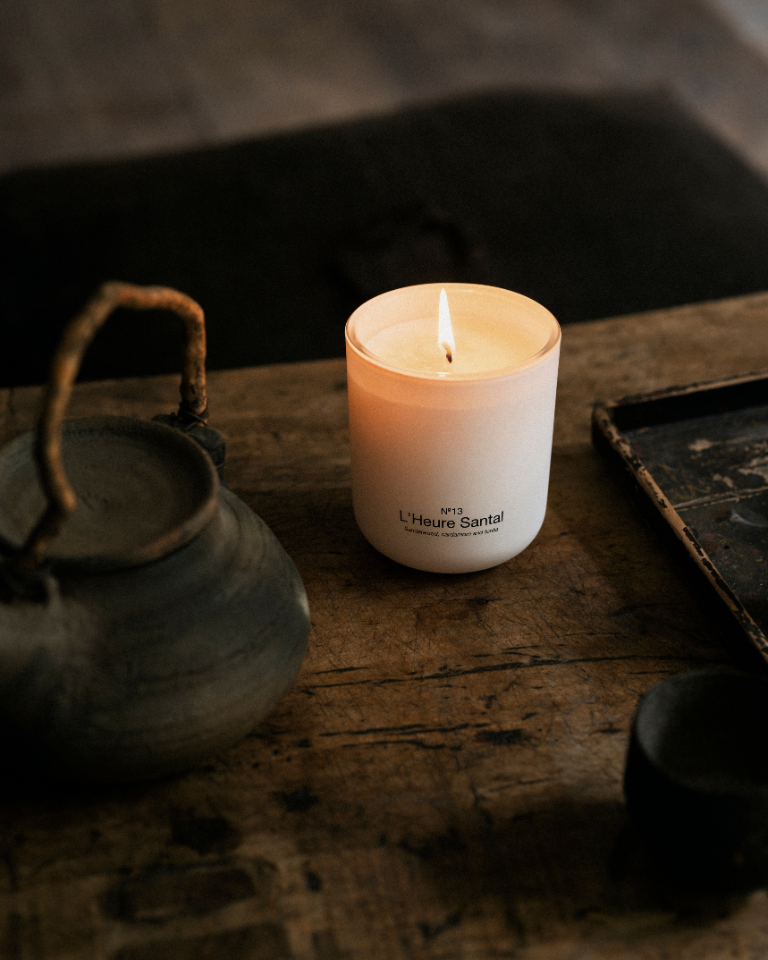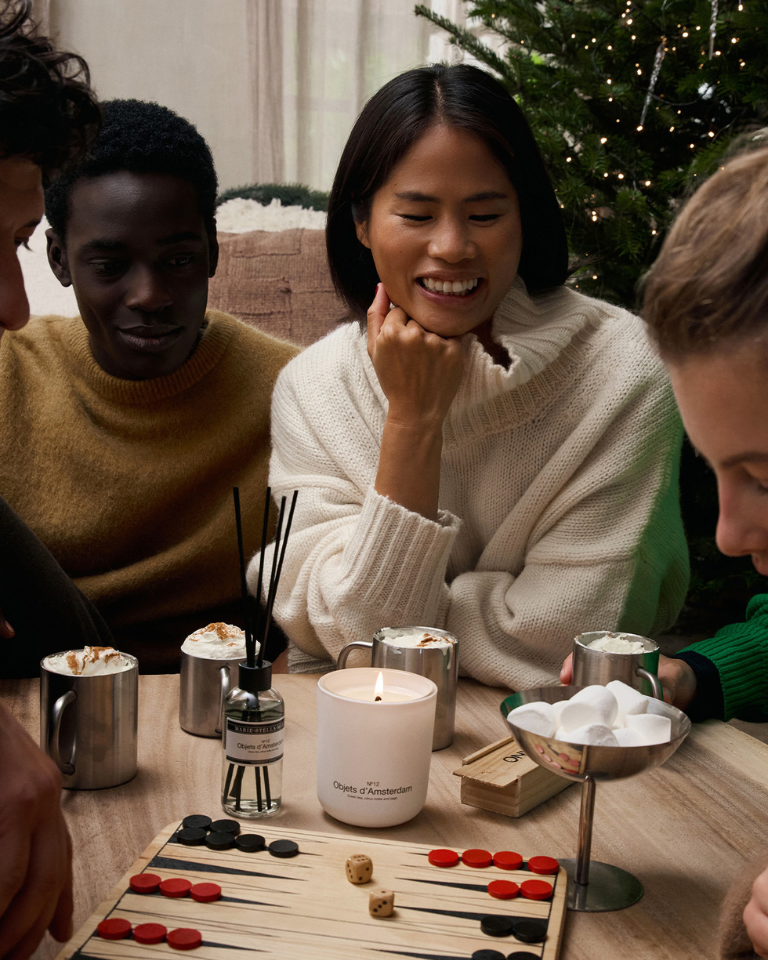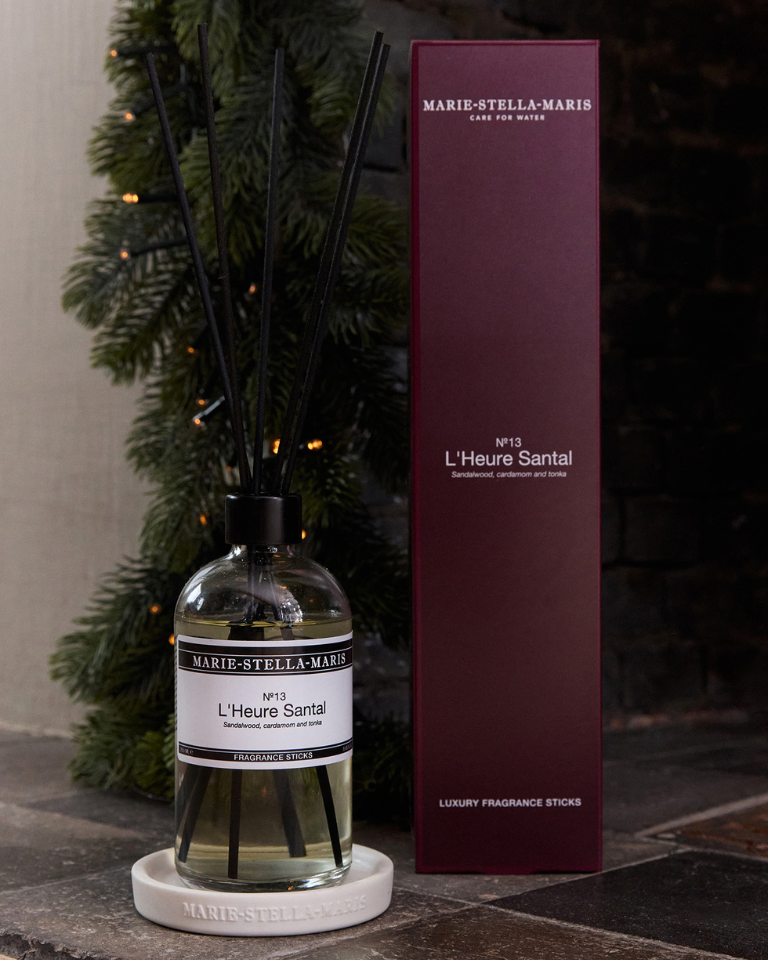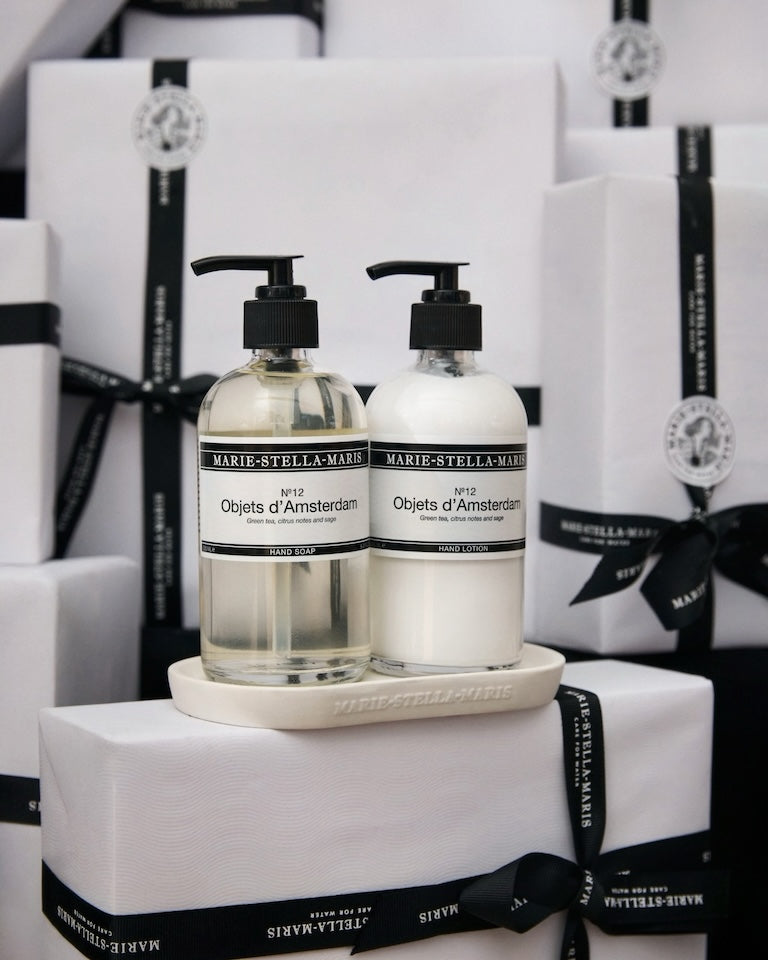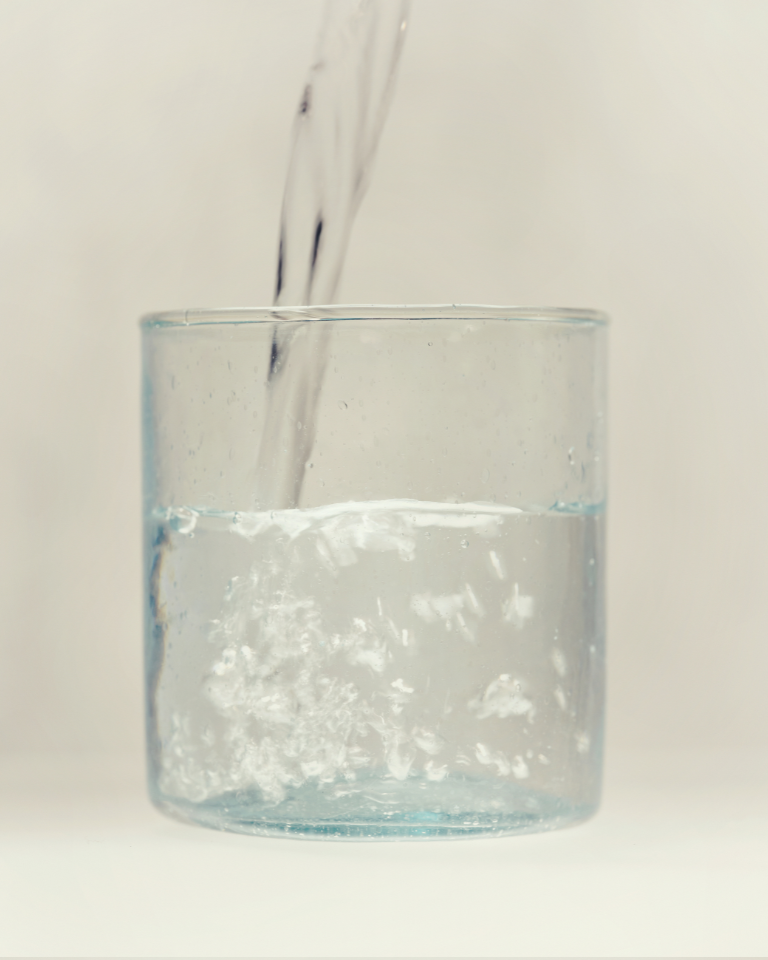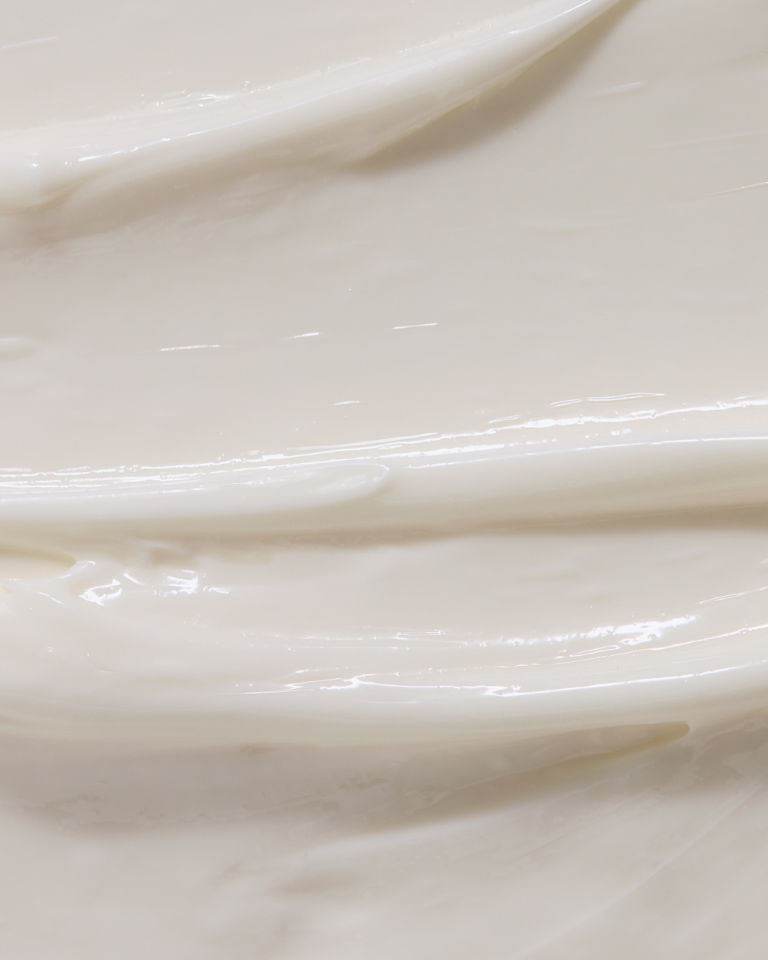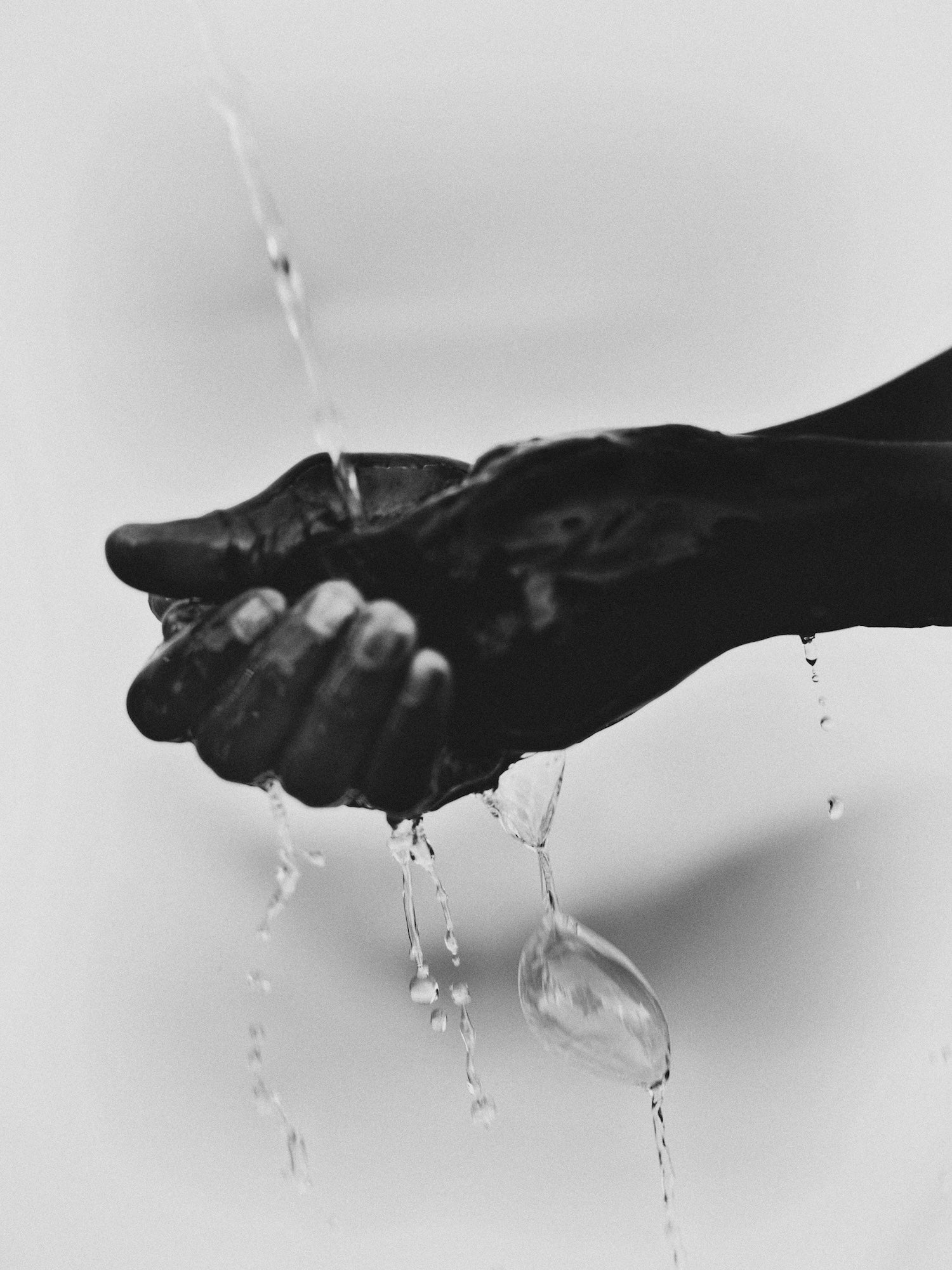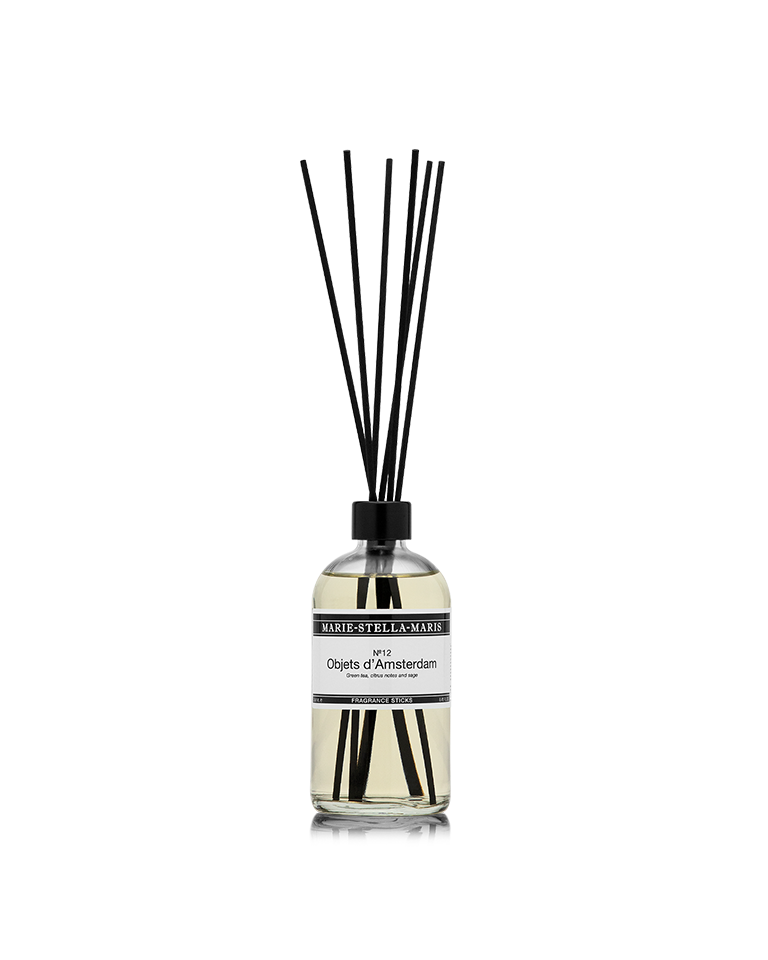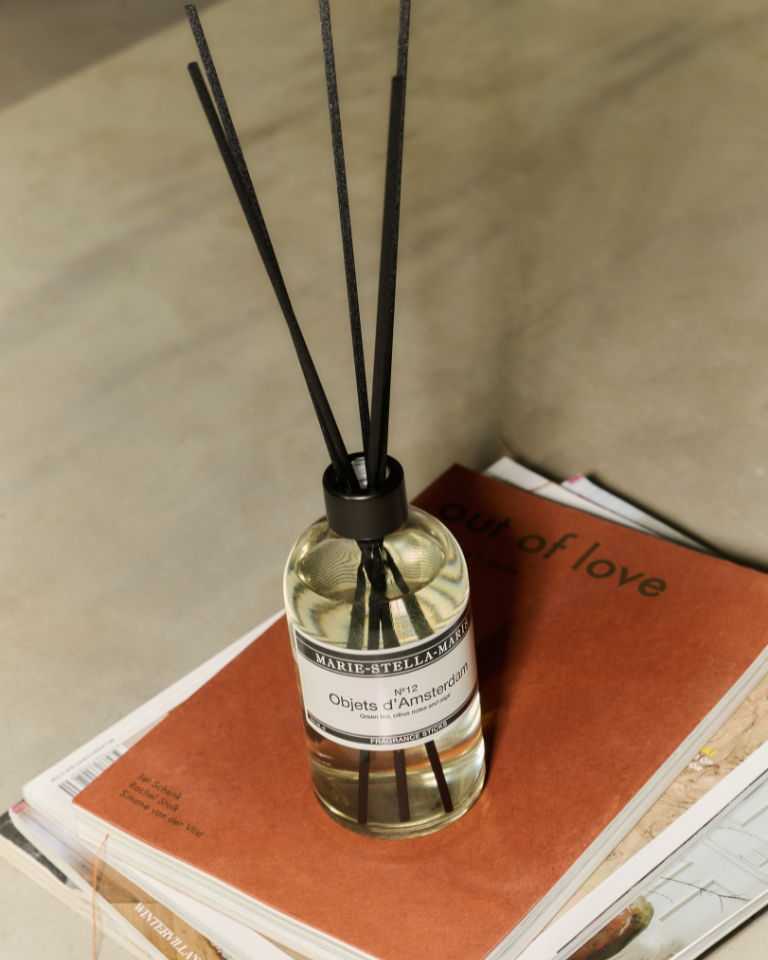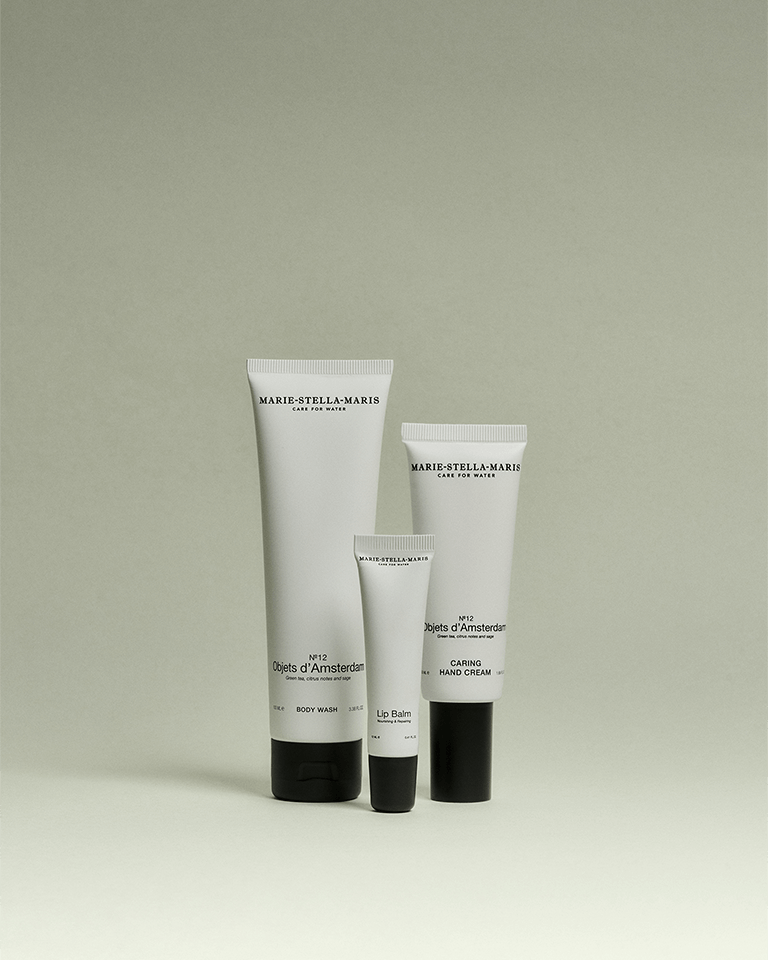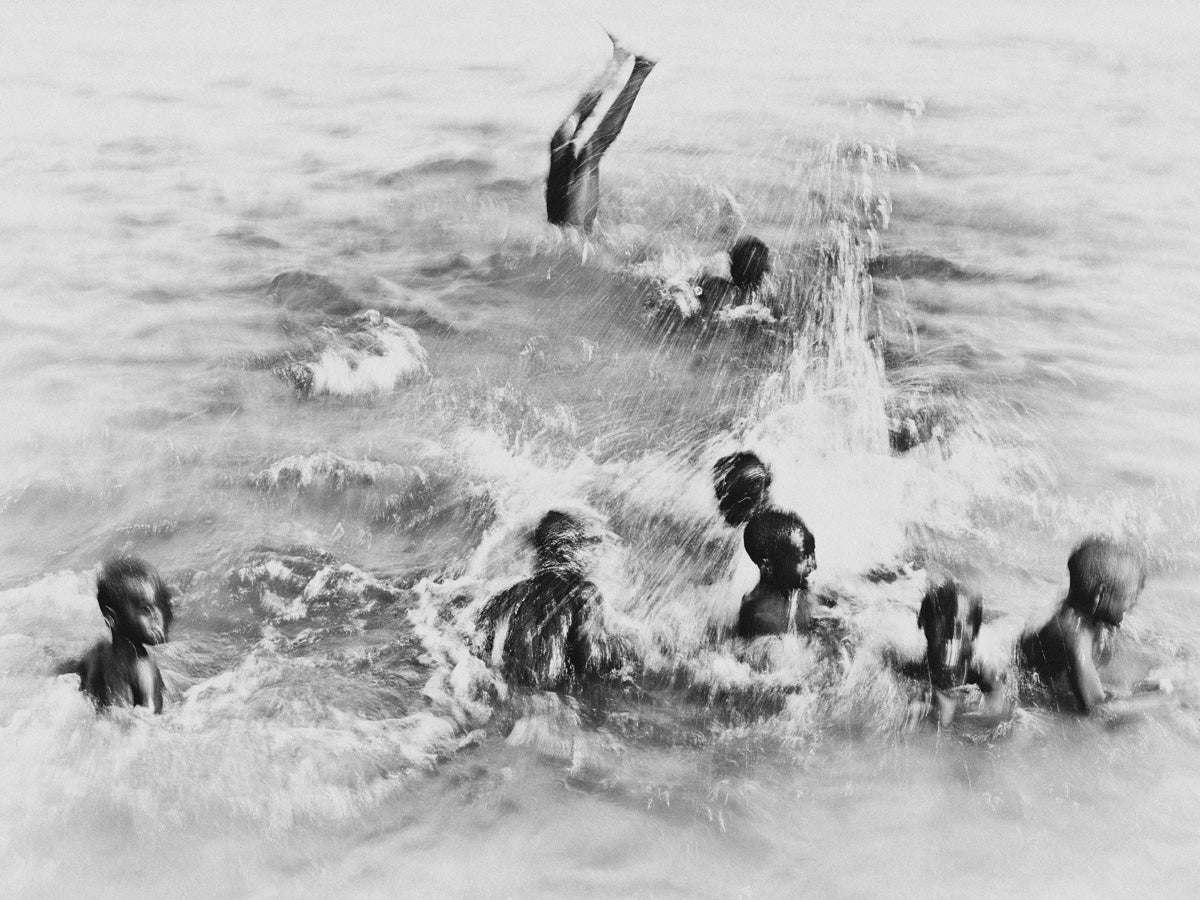Bastiaan about his visit to our clean drinking water project Mukono 2.0 in Uganda.
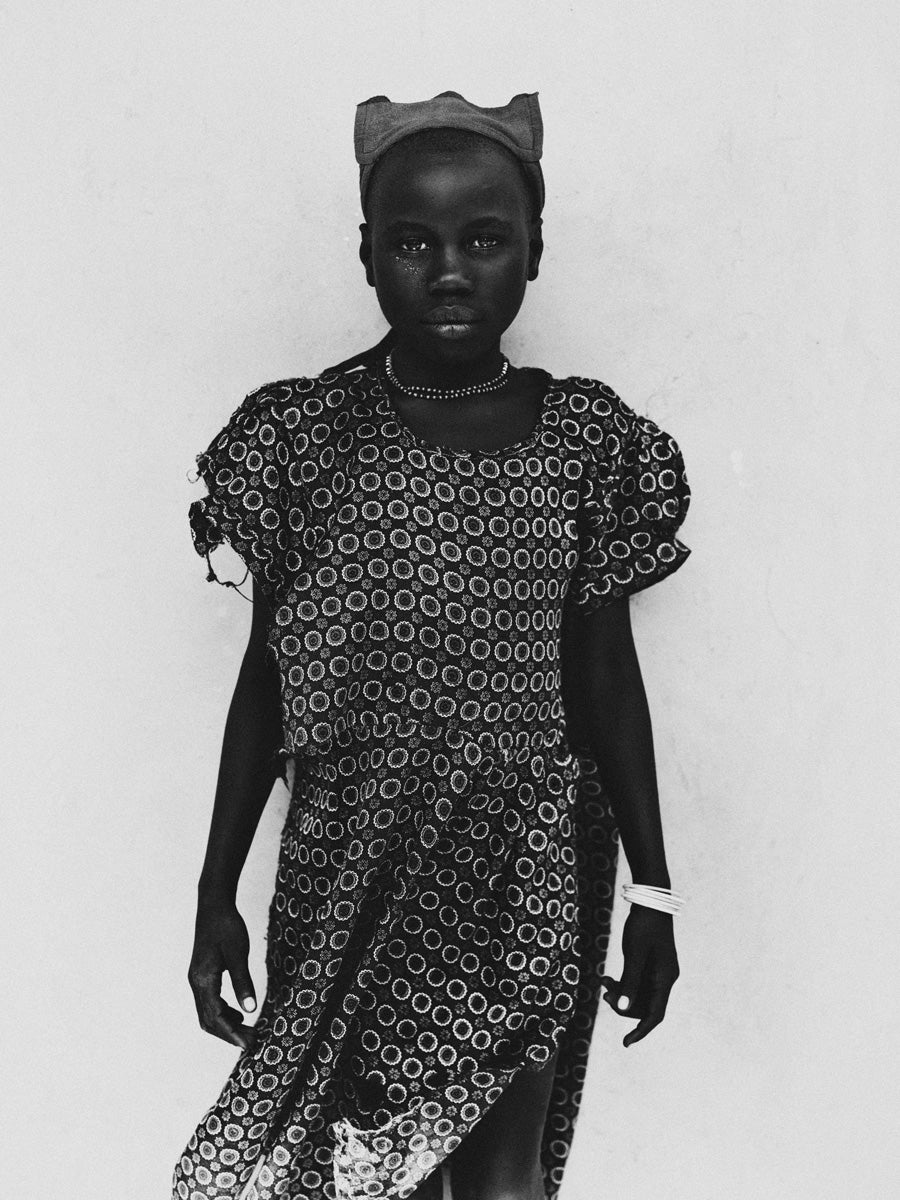
An impressive series of beautiful photos
Photographer Bastiaan Woudt traveled to Mukono, Uganda, with the Marie-Stella-Maris Foundation. There, they visited one of the clean drinking water projects being implemented there with the support of the Marie-Stella-Maris Foundation. The project includes the construction of rainwater tanks, community wells, and toilet blocks for several primary schools, improving access to clean drinking water and hygiene for the local community. With the theme of "water" in mind, we invited Bastiaan to travel with us and do what he does best: capture beautiful images.
In conversation with Bastiaan Woudt, he shares his personal story: why he went to Uganda, how he experienced the journey, and what it brought him—besides an impressive series of beautiful photographs.
"The Queen of Mukono. She just walked there, her dress fluttering in the wind, a string of pearls around her neck and hands; everything was perfect."
Interview with Bastiaan Woudt
Why did you accept the invitation from the Marie-Stella-Maris Foundation?
I was immediately enthusiastic for a number of reasons. I had been to Africa before, but never to Uganda. In 2015, I climbed Kilimanjaro in Tanzania for a different charity, but due to a tight schedule, I was able to see almost nothing of the country. Yet, that
My short trip and the continent inspired me enormously to continue working on the African theme once I was back in the Netherlands, using various shoots and styling. I also knew the Marie-Stella-Maris Foundation through Linelle Deunk; she's a member of the same gallery as me. And Ernst Coppejans and Robin de Puy—familiar names to me—had also traveled with the Foundation before. I'd even mentioned to Roy Kahmann (owner of GUP magazine) that I thought it would be fantastic to do something similar.
Moreover, because the trip is linked to a good cause, it's more than just "me to Uganda." There's more of a story behind your photography, and you get to visit places you simply wouldn't otherwise go. Without the Marie-Stella-Maris Foundation, I would never have gone here (pointing to his photo series).
What was your first impression of life in Mukono?
You assume there's nothing there. If water is already an issue there, then everyone else won't have anything, right? Even though they have much less than we do, they still try to make the best of it.
Just like the girl "The Queen of Mukono"; you'd think she was completely styled for the photo, but she was actually just walking around like that, with a pearl necklace around her neck and hands, a hat, and a beautiful dress that fluttered in the wind. It was as if she had stepped out of a different time. What really struck me was that the people there weren't dejected, but instead radiated so much positivity and strength.
What does traveling do for your inspiration for photography?
If I prepare and focus too much on a trip, I'm disappointed when I don't manage to capture everything I'd planned beforehand. Going into something with a completely open mind and seeing what happens works best for me. In Uganda, I shot forty portraits in one day and immediately felt: "Yes, this is going to be great!" We were also incredibly lucky with the local partner, George, who drove around Mukono with us. He knew all the places and spoke the language. I hadn't had that on my previous trips, and then you come back with fewer images. In Morocco, talking to people was incredibly difficult, and I really missed that there. It worked out in the end, but I've never shot enough images in three days to make a book before—and I did in Uganda!
What does photography mean to you?
For me, it's a way to express my vision and show what I find interesting. Photography is an easy and fast medium for me because you can simply take pictures on the spot.
I might not always photograph someone "as they are," but I do like to give them my own interpretation. A story behind a series is nice, but I also believe it's good to just do things—because you like them, because they suit you.
How would you describe your photography to someone you don't know?
I think there's always a sense of timelessness in my images. In fact, you can't tell the time period in any of my images; that's what I'm always looking for. When I photograph, I eliminate elements of the time, such as logos, brand names, and billboards, as much as possible. My inspiration comes from old photography, and I always try to incorporate that into my work. I'm also always looking for dynamism; a certain kind of movement. And whether that's literal movement in a photo or a suggestion of movement—it doesn't matter. That's why I work a lot with blur; it gives me a certain feeling. I'm not really into razor-sharp photography. For example, when I look at the photography of my great inspirations, Man Ray, Paolo Roversi, or Irving Penn,
There's often a certain atmosphere to it. I can't quite describe what that is, but it has to do with something that captures the imagination; creating a kind of mystery, so people keep looking and wondering: how does that work? I find that more important than everything being so visible; that gets boring for me.
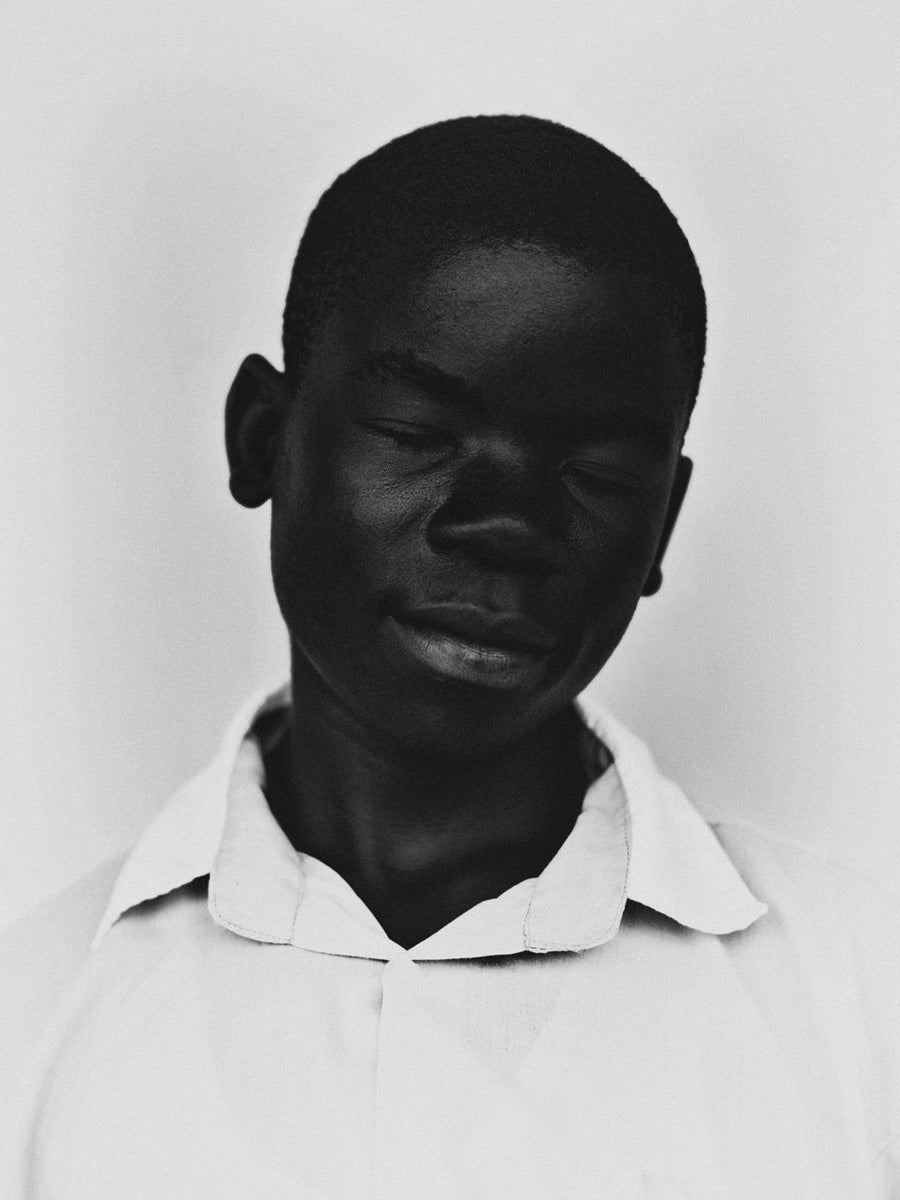
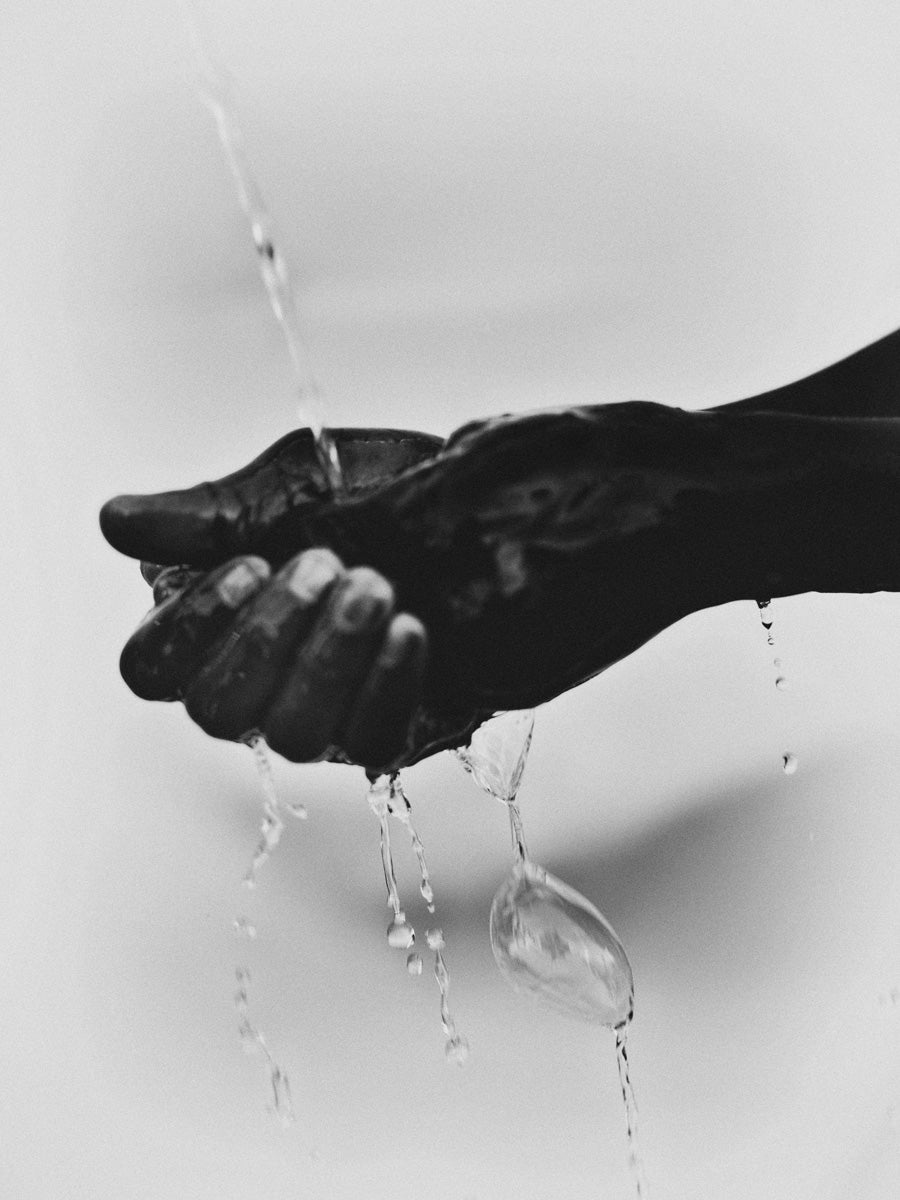
“I like to create a kind of mystery, so that people keep looking at it and wondering; what's going on?”
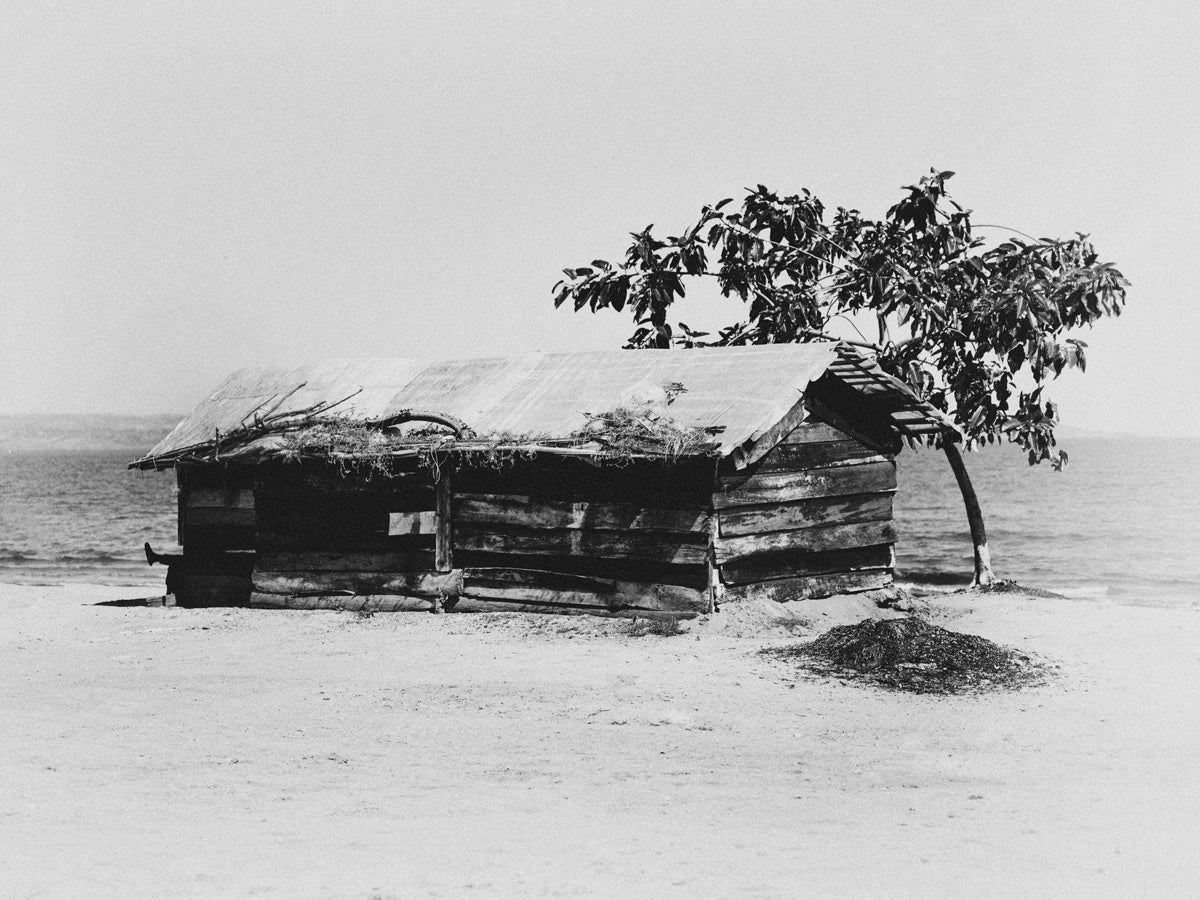
"Water is Life" is central to the Marie-Stella-Maris Foundation. How did this apply to you in Uganda?
Before I embarked on the trip, the Marie-Stella-Maris Foundation asked me to focus on the theme of water. This was a new way of working for me, but once in Uganda, I consciously pursued it. Initially, we visited the community wells with George, our local partner and guide. Once there, I realized that the water from a community well didn't connect with water enough for me. I preferred to go somewhere where I could truly see the element of water, so it would be clear what it's all about. We ended up in a fishing community right on Lake Victoria.
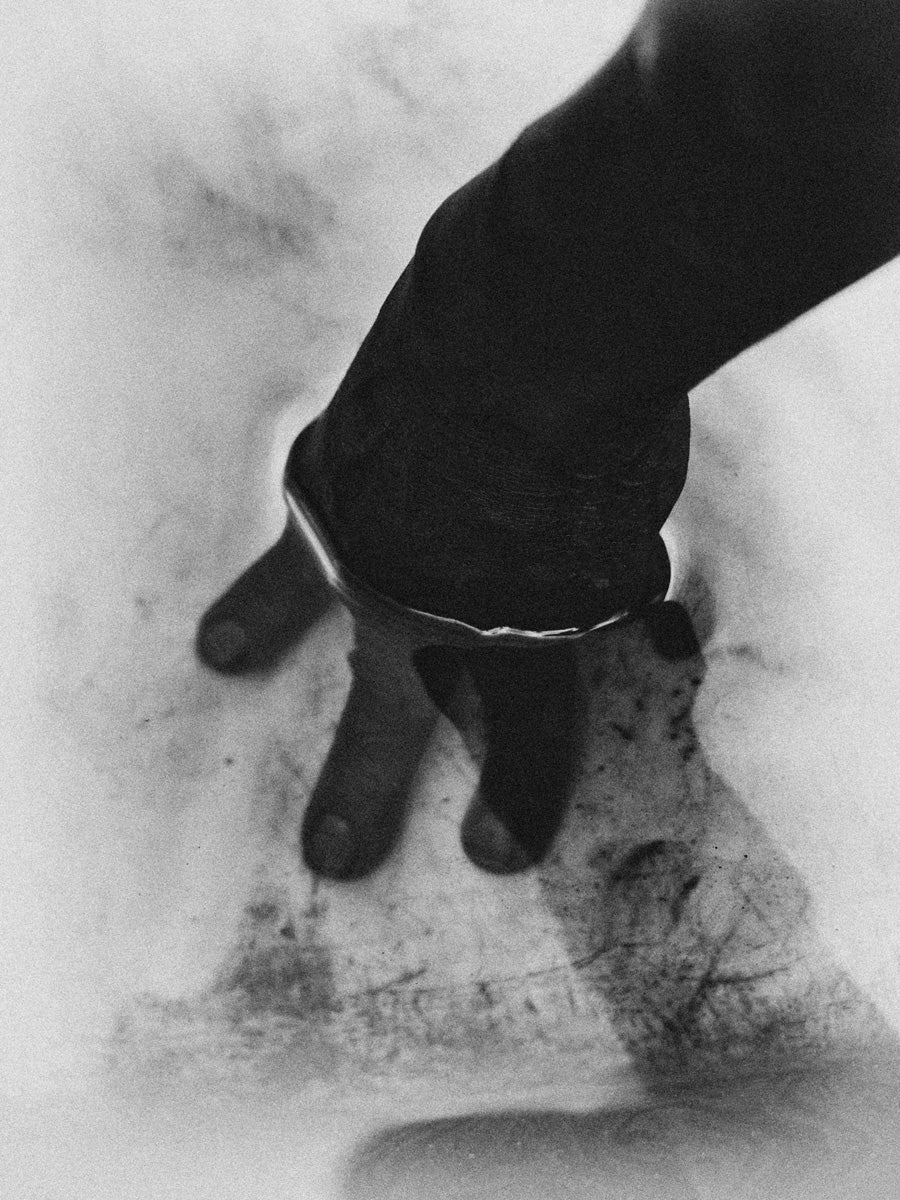
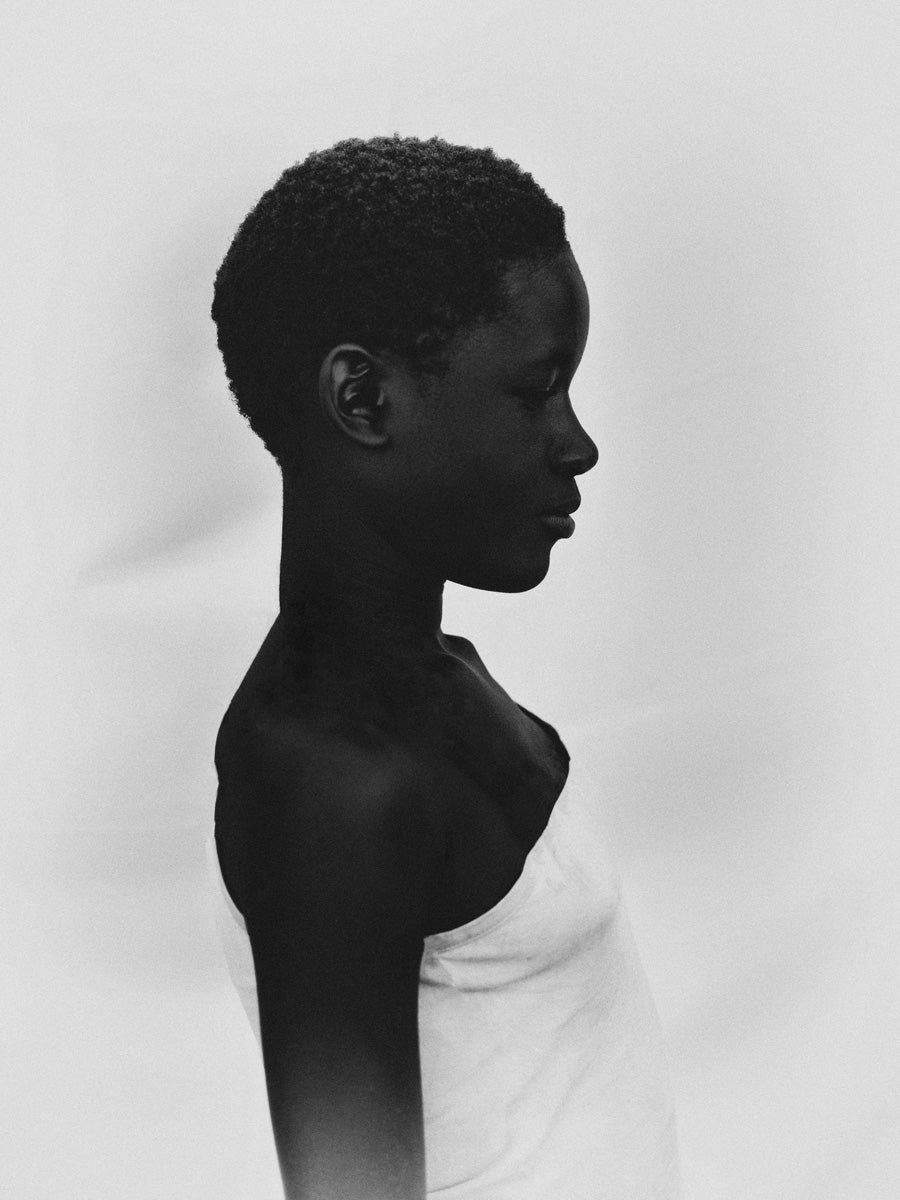
How do you look back on the photo series?
First of all, it's never happened before that so much material has come from a single project. It was incredibly unique that our local partner accompanied us throughout the entire trip. If I wanted to photograph someone, I could simply ask them, and that's how you encounter special situations. For example, when we arrived in the community to view the rainwater tanks, an entire family was waiting for us. They were incredibly grateful to the Marie-Stella-Maris Foundation for everything it had made possible for them and were happy to have their pictures taken. Their lives have truly changed thanks to the water project. Ultimately, we created 107 images, and it will be very difficult to make a selection. The goal is to create an exhibition of about 25 images. I also plan to send the final selection to the local partner organization, the Katosi Women Development Trust, and, of course, to George. I noticed that many people really enjoyed participating in my project, and this way they can see what I've done.
“I think it's wonderful and a real added value that part of the proceeds from my sold prints goes back to the Foundation, so that even more people can have clean drinking water.”
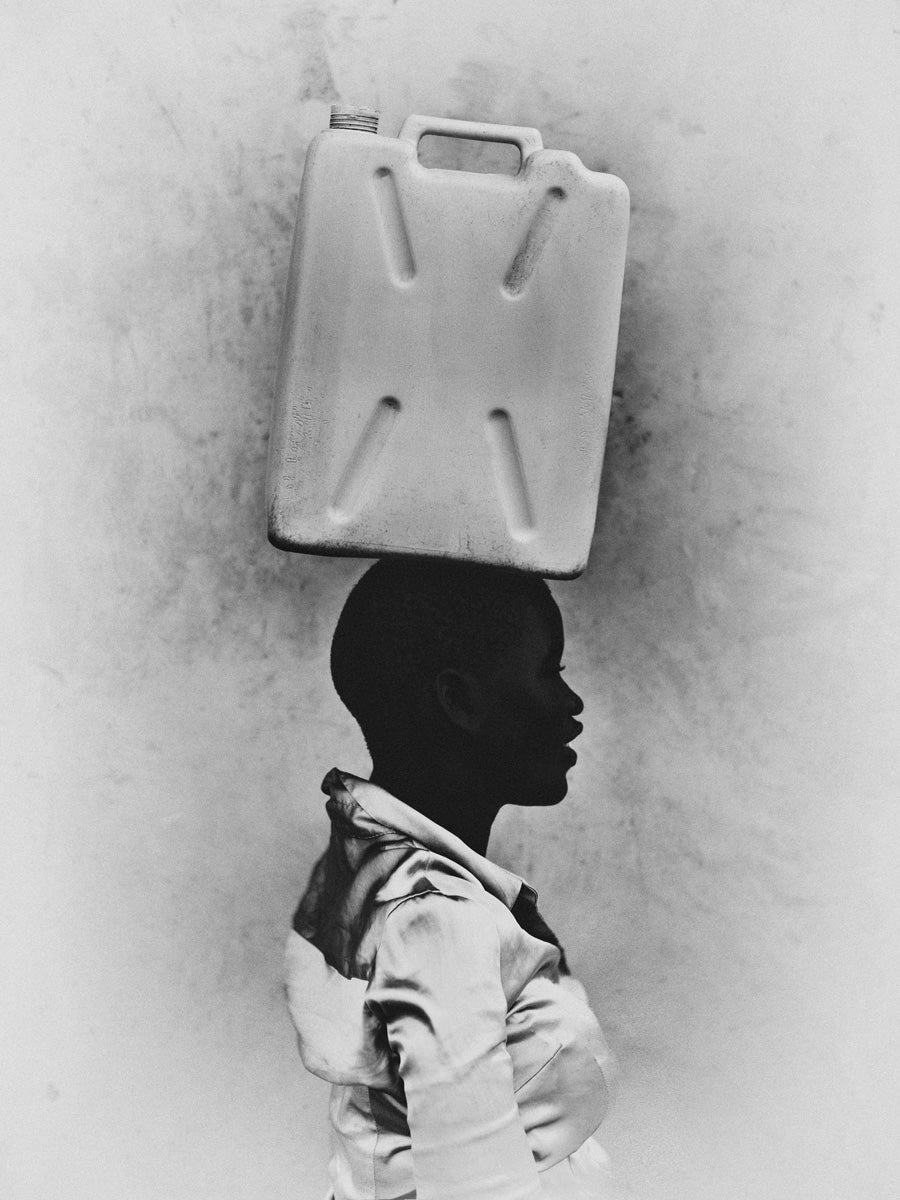
Did the trip give you new insights into clean drinking water?
Before my trip, I was aware that the Marie-Stella-Maris Foundation is committed to clean drinking water, but I didn't think much about it beyond that. I also saw Linelle's photos of her trip in collaboration with the Foundation. Once in Uganda, it was truly impressive to see how water transforms people's lives. Hearing the stories of the locals makes a world of difference. Installing rainwater tanks means people no longer have to walk so far with jerrycans. This is especially important for the older generation. It's especially thought-provoking when you hear the average cost of installing a rainwater tank. It's hard to imagine that €200 to €300 can change a family's life so much. That's why I think it's a wonderful added value that part of the proceeds from the prints I sell in this series goes back to the Foundation, helping even more people access clean drinking water.
What stands out most to you when you think back to your trip to Uganda?
The whole trip was such a blast, because it was so short and you do so much. Every day you're busy, and before you know it, you're on the plane back. When I look back at my photos, I sometimes can't even remember exactly what happened at that moment. Even for me, it still remains a kind of mystery, and I find that quite interesting. When I think back on my trip, I find it especially incredible that my photo series was created in just three days. Without a partnership with the Marie-Stella-Maris Foundation, I would never have been able to do it.
What is your biggest challenge at the moment?
I have an exhibition coming up, and I'm going to publish a book. The book is definitely a dream. I love books and have a shelf full of photo albums myself. This is truly an addiction of mine. A book about the Morocco series has already been published, but that has become more of a reference work. The book about Uganda will truly be an art book. We
We're currently busy compiling this book, which will feature the 107 images. We're also working on a limited edition box with a selection of prints from this project. If I do something like that, I really want it to be high-quality. A box like that should give you the feeling of, "I want this!" I'd also love to travel again.
preferably to Mongolia or Nepal.
Blog posts

Ontdek bijzondere schoencadeaus onder €25
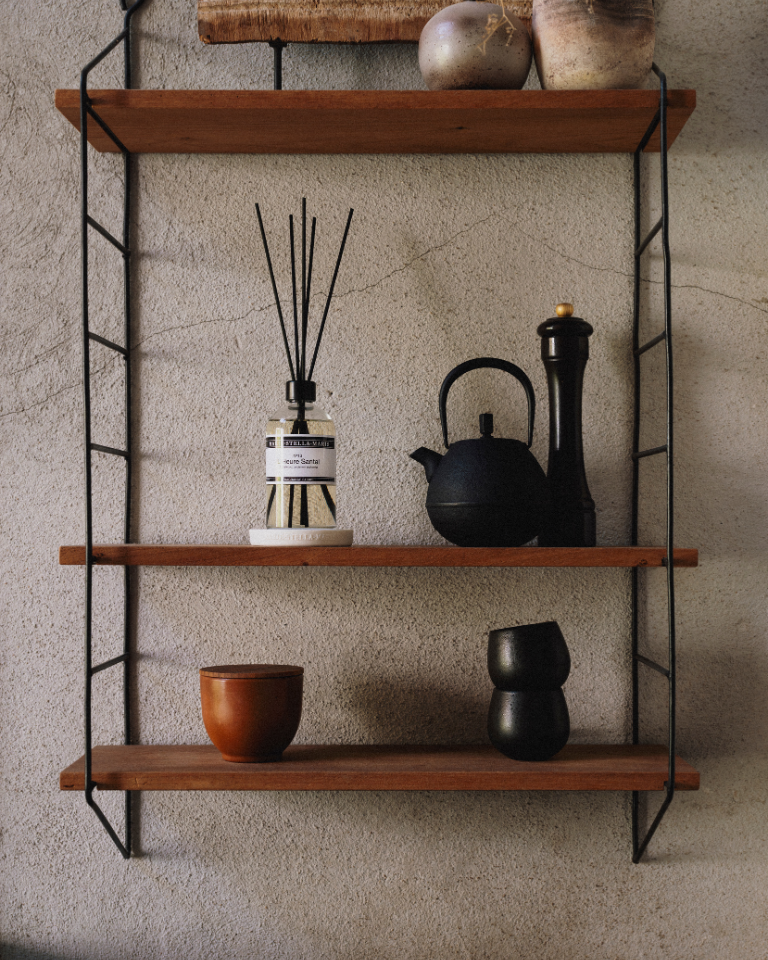
Wanneer de bladeren beginnen te vallen en de dagen korter worden, nodigt het seizoen uit tot verstilling. De herfst is een ode aan comfort en warmte. Het is de tijd om te vertragen, te herontdekken...
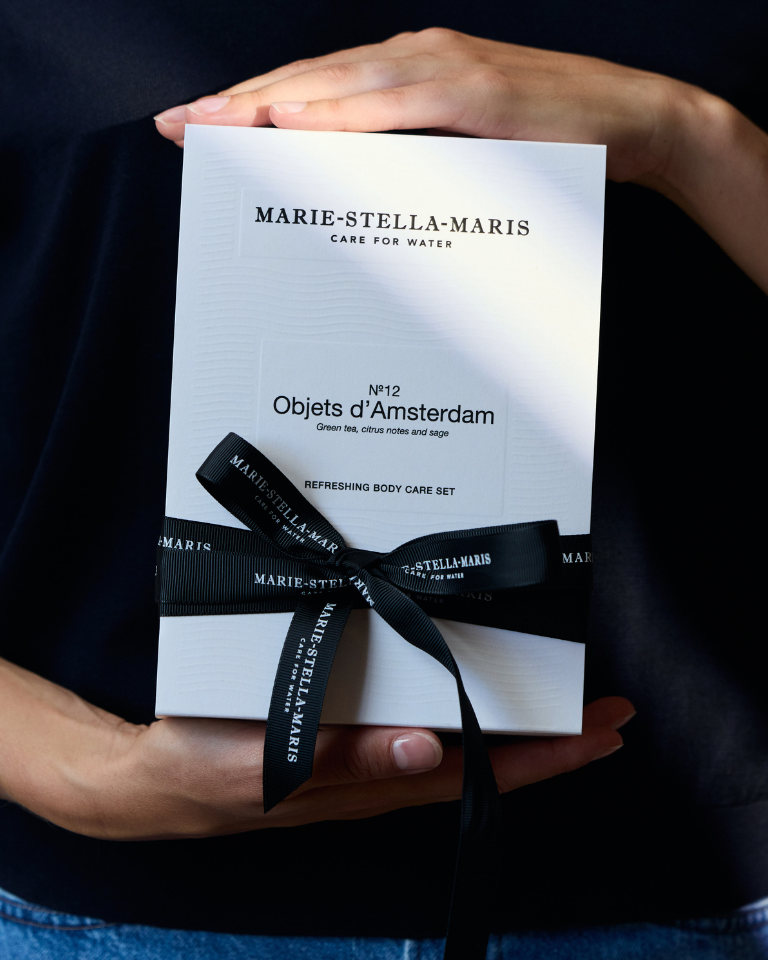
Discover gifts to celebrate every moment From a housewarming or birthday to a heartfelt thank-you or “just because” – finding the perfect gift can sometimes feel like a challenge. With our thought...


